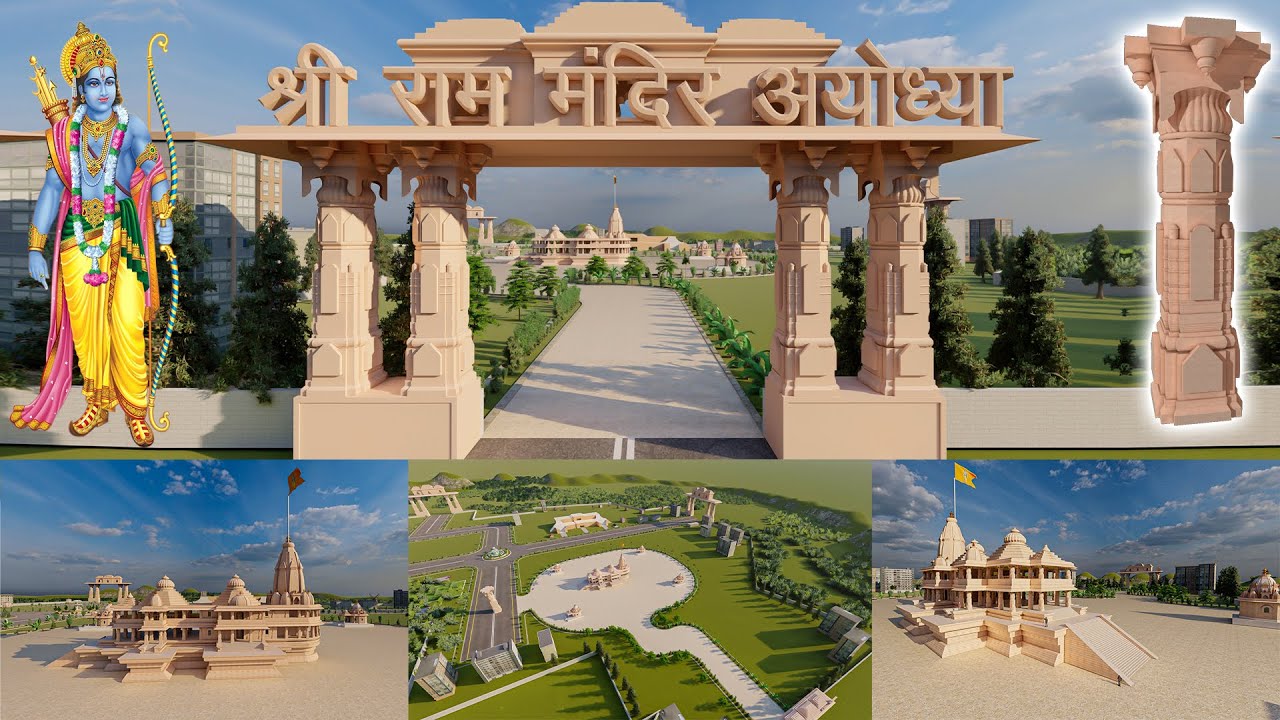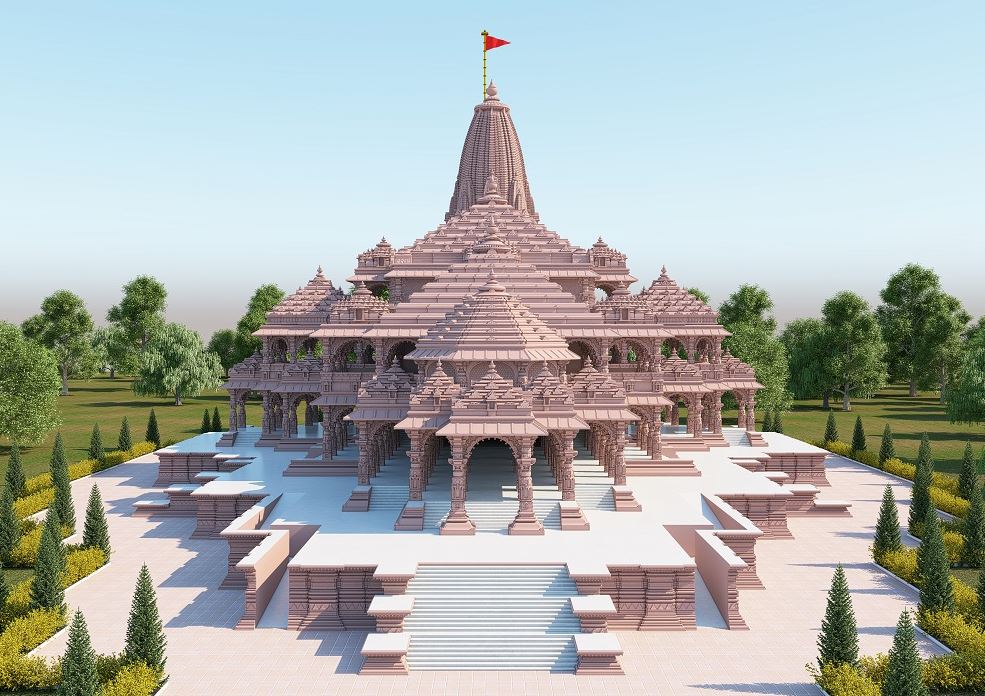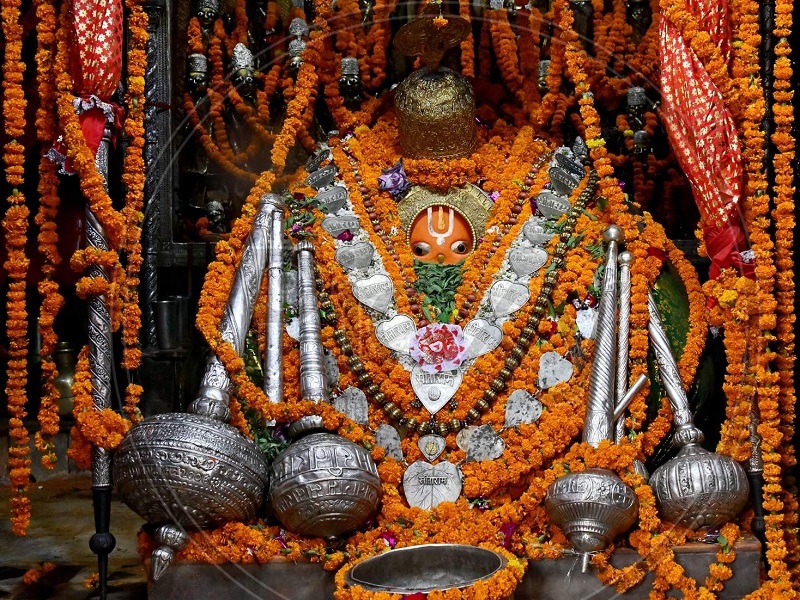Ayodhya Tour Packages - Ayodhya Ram Mandir Temple Tour Packages
Booking Ayodhya Tour Packages - Immerse yourself in its rich history. Book your Ayodhya Tour
Booking Ayodhya Tour Packages - Immerse yourself in its rich history. Book your Ayodhya Tour

Explore the historical and spiritual allure of Ayodhya, home to the seventh reincarnation of Lord Vishnu. If you're in search of reverence and tranquility, consider booking an Ayodhya tour package for a magical journey through its sacred destinations and captivating history. Recognized as Ramjanmabhoomi, Ayodhya, situated on the banks of the Sarayu River, was once the capital of the Koshala kingdom the sacred land associated with Lord Rama.
For meticulously crafted and cost-efficient Ayodhya tour packages, Veena World is your ideal choice. Their offerings not only capture the essence of the city but also provide comfortable accommodations to enhance your Ayodhya experience. If you prefer a customized travel itinerary, explore the Customized Holiday section on their website for flexibility.
Embark on a journey to witness timeless traditions and mythological legends that continue to enchant visitors in Ayodhya's spiritual haven. Let's embark on a discovery of this celestial place that seamlessly blends history and spirituality!


Ayodhya is a city with rich historical and cultural significance, known for its association with Hindu mythology and the birthplace of Lord Rama. Here are some top attractions to visit in Ayodhya:
Temple Darshan Timing 7.00 AM to 11.30 AM - 2.00 PM to 7.00 PM
Ramlala, also known as Ram Lalla or Ramachandra Bhagwan, is a revered infant deity representing Lord Rama in Hinduism. The name "Ramlala" translates to "Rama as a child" in Sanskrit. Rama, a central figure in the Hindu epic Ramayana, is considered the seventh incarnation of Lord Vishnu and is revered as a symbol of virtue, righteousness, and dharma.
The association with the term "Lala" implies a child, and Ramlala is often depicted as an infant or young child. The most significant representation of Ramlala is at the Ram Janmabhoomi Temple in Ayodhya, where believers consider this deity to be the presiding form of Lord Rama and believe it to be the exact spot of Rama's birth.
On January 22, 2024, the Pran Pratishtha ceremony will be held in the Ram Mandir at Shri Ram's birthplace in Ayodhya
Shri Ram Janmbhoomi Mandir in Ayodhya
The ongoing construction of the Ram Mandir, a Hindu temple in Ayodhya, Uttar Pradesh, India, is situated at the sacred site of Ram Janmabhoomi, believed to be the birthplace of Rama, a central deity in Hinduism.
This location was formerly occupied by the Babri Masjid, constructed in the 16th century CE following the removal of a pre-existing non-Islamic structure. In 1949, idols of Rama and Sita were placed within the mosque, which was later subject to an attack and demolition in 1992. In 2019, the Supreme Court of India ruled to allocate the disputed land to Hindus for the construction of a temple, with Muslims receiving an alternative plot for a mosque. The court based its decision on a report from the Archaeological Survey of India (ASI) indicating the presence of a non-Islamic structure beneath the Babri Masjid.
The groundbreaking ceremony (bhumi pujan) for the commencement of the Ram Mandir construction occurred on August 5, 2020, with Prime Minister Narendra Modi performing the bhumi pujan. Oversight of the construction falls under the Shri Ram Janmabhoomi Teerth Kshetra Trust. The temple, currently in progress, is scheduled for inauguration on January 22, 2024.
Nearest airports are:
Regular trains to Ayodhya are readily available from other major cities across the country.
Railway Stations:
Uttar Pradesh Transport Corporation buses provide round-the-clock services, ensuring convenient accessibility from all locations.
The city is about
Buses are frequently available from Lucknow, Delhi and Gorakhpur.
Buses are also available from Varanasi, Allahabad and other places as per their schedule.
Planning an Ayodhya Tour, here's everything you need to know
Here is a set of frequently asked questions (FAQs) related to the Ayodhya Ram Mandir. For the most accurate and up-to-date information, it is recommended to check with official sources or relevant authorities.
© 2019 - 2025 Dialup India. All Rights Reserved.
We Accept: 